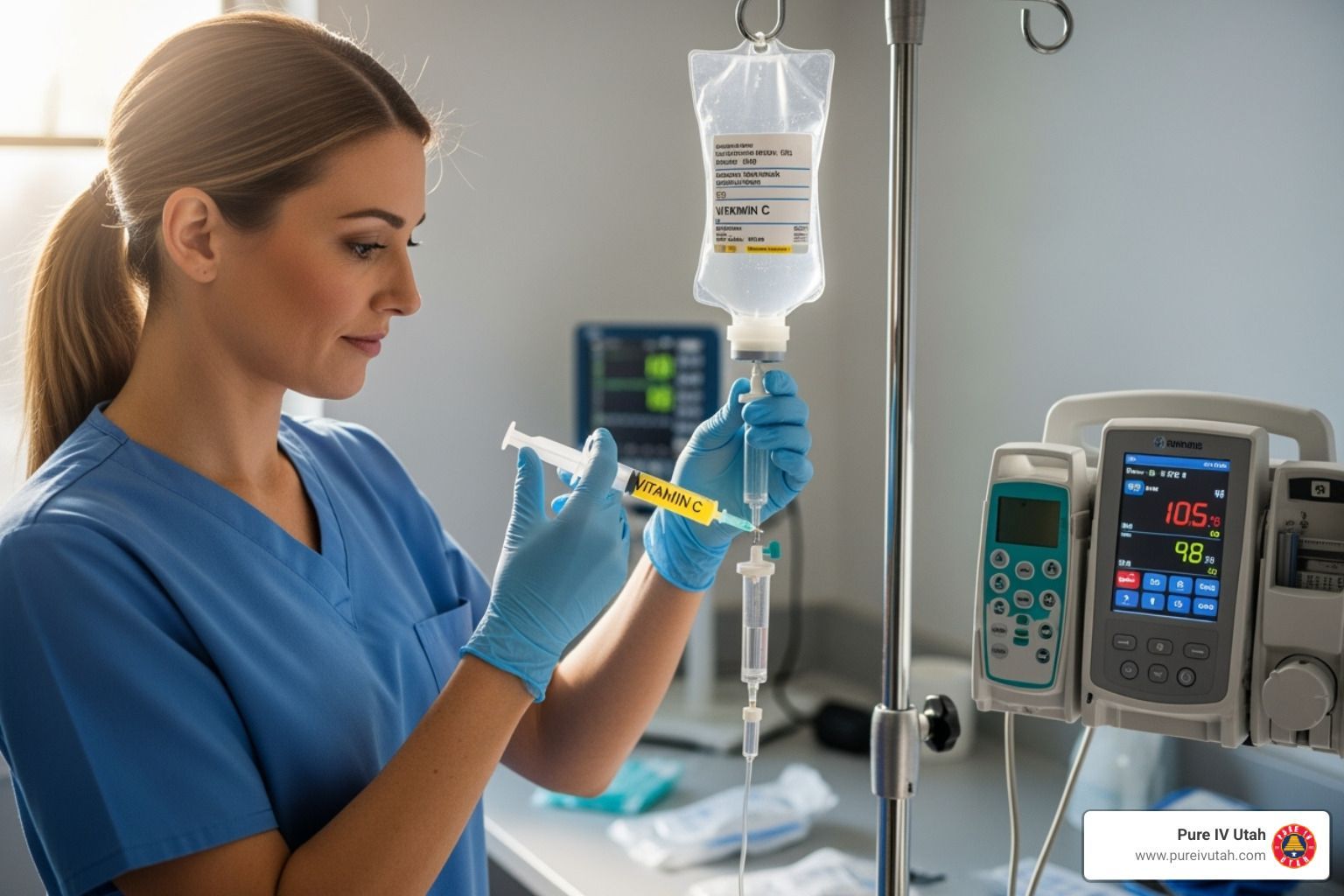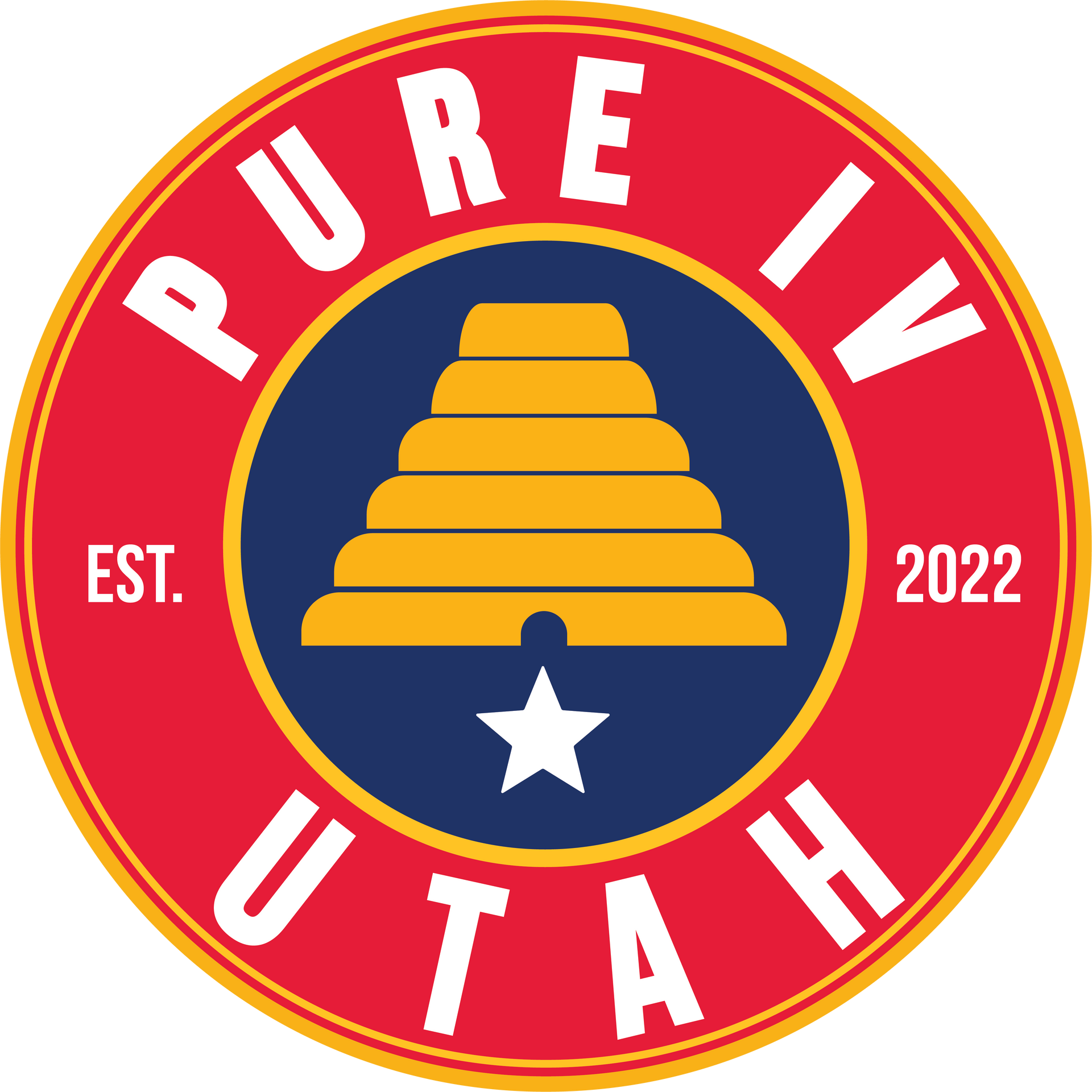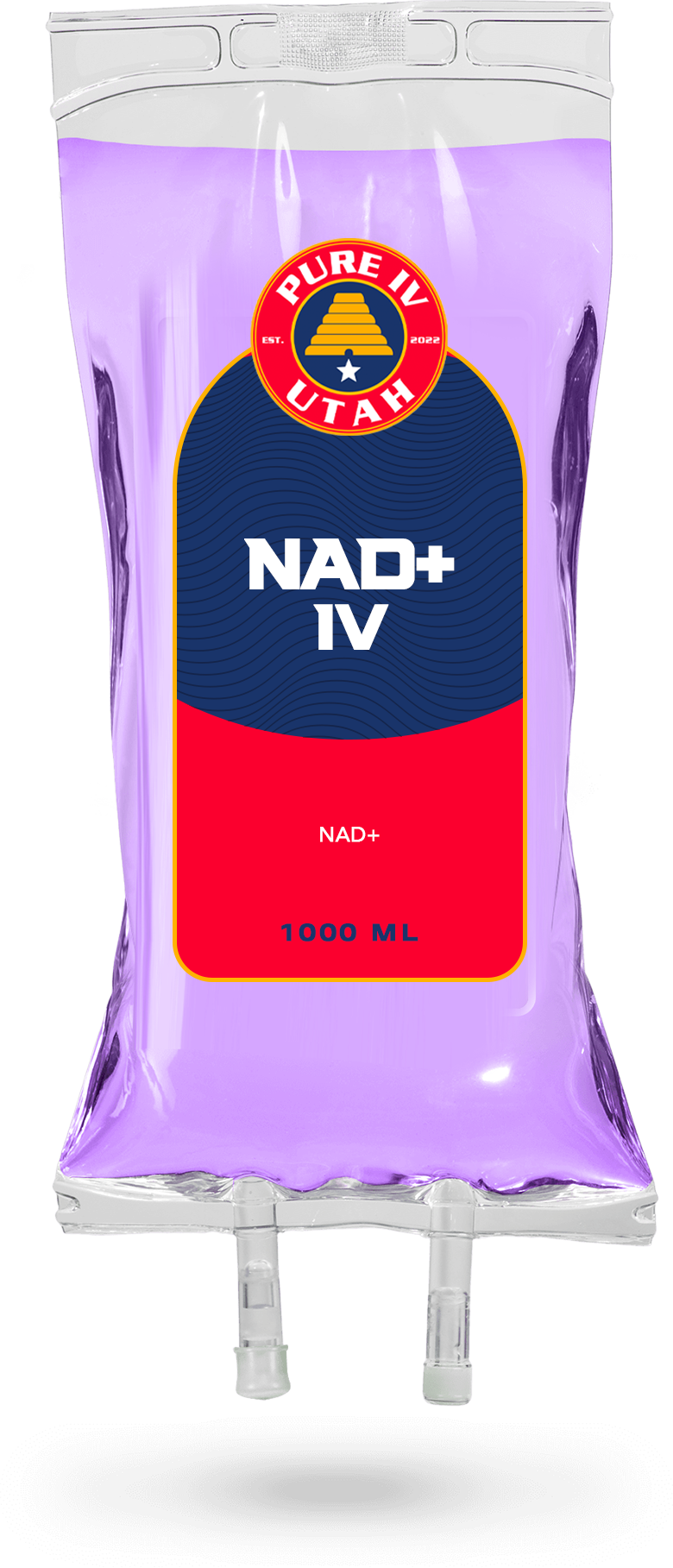How to Prevent Cold and Flu When You Feel It Coming

Medically reviewed by Micaela Strevay, FNP-C, PMHNP-BC
Joseph Lopez • September 15, 2025
Table of Contents
When common cold or flu symptoms appear, early action makes a big difference. Acting quickly supports your immune system before the illness takes hold.
Prevention at the first signs can shorten symptom duration, reduce discomfort, and keep you feeling stronger.
Early Cold and Flu Symptoms
Cold and flu symptoms often start mildly before worsening. Here are the early symptoms of the common cold and flu.
- Sore throat: A scratchy or painful throat is often an early sign.
- Fatigue: Feeling unusually tired even after rest.
- Nasal congestion: A stuffy or runny nose that develops suddenly.
- Headache or migraine: Pressure or pain signaling immune activity.
- Body aches: Muscle or joint pain can appear early.
These symptoms differ from allergies, which usually include sneezing and itchy eyes without fever.
Immediate Steps to Take When Symptoms Begin
When early cold or flu symptoms appear, quick action can make recovery easier and faster. Simple but consistent habits help reduce cold symptoms, boost immunity, and prevent illness from progressing.
Rest and Sleep
Your body uses energy to fight infections. Rest allows the immune system to work effectively.
Avoid strenuous activities, reduce stress, and prioritize sleep. Aim for seven to nine hours of sleep nightly. Even short naps restore energy and reduce fatigue during early illness.
Hydration
Staying hydrated helps regulate body temperature and supports immune defense. Water replaces lost body fluid, while electrolyte-rich beverages restore mineral balance.
Warm liquids such as herbal teas or broths soothe the throat and ease congestion. Frequent sips are better than large gulps, which may upset the stomach.
Proper Nutrition
Fruits and vegetables supply antioxidants and essential nutrients that protect cells. Citrus fruits provide Vitamin C, which strengthens white blood cell activity. Leafy greens, berries, and peppers also support immune response.
Include protein-rich foods like lean meats, beans, or nuts for added energy. A balanced diet helps the body fight viral infections effectively.
Home Remedies
Natural remedies provide comfort and support while the immune system fights infections. They ease symptoms and restore strength. These methods are simple, safe, and effective when used early.
- Honey: Coats the throat, reduces irritation, and lessens cough frequency.
- Chicken soup: Provides hydration, electrolytes, and warmth. Helps reduce nasal congestion and fatigue.
- Green tea: Rich in antioxidants that reduce inflammation and strengthen immune defenses.
- Warm liquids: Herbal teas or lemon water soothe sore throats and improve body fluid balance.
- Steam inhalation: Breathing warm steam loosens mucus and relieves nasal congestion naturally.
These remedies complement rest, hydration, and medical treatment. They are not replacements for professional care when symptoms worsen.
Hygiene Practices to Prevent Spread and Worsening
Good hygiene reduces exposure to viruses, supports recovery, and protects people around you. Practicing these habits consistently is one of the best ways to prevent the spread of the common cold and flu.
- Hand washing: Wash hands with soap and water for at least 20 seconds. Focus on fingertips, thumbs, and between fingers. Proper handwashing removes viruses before they spread to the eyes, nose, or mouth.
- Use hand sanitizer: When soap isn’t available, use alcohol-based hand sanitizer. It kills many germs quickly. Keep a small bottle handy at work, school, or while traveling.
- Disinfect shared space: Viruses survive on surfaces like doorknobs, keyboards, and phones for hours. Disinfect shared space daily using wipes or sprays. This reduces transmission in homes, schools, and workplaces.
- Cover coughs and sneezes: Use tissues or your elbow to cover coughs and sneezes. This prevents droplets carrying viral infections from spreading to others. Dispose of tissues immediately and wash your hands afterward.
- Improve indoor air quality: Poor air quality makes respiratory illness worse. Use clean air filters and ensure good ventilation indoors. Fresh air reduces viral concentration, supporting easier breathing and quicker recovery.
Medical Approaches to Cold and Flu Prevention
Medical care can provide additional protection during cold and flu season.
- Flu shot: Annual flu vaccinations lower risks of seasonal flu and severe illness.
- Flu antiviral drugs: Prescribed within 48 hours, they shorten symptoms and prevent complications.
- Over-the-counter medicines: Pain relievers or decongestants ease headaches, nasal congestion, and other mild cold symptoms.
Consult a healthcare provider before starting antiviral drugs or combining medications.
The Role of IV Therapy in Preventing Cold and Flu

IV therapy plays an increasingly important role in the prevention of cold and flu and in effectively managing symptoms once illness strikes.
When the body is fighting a viral infection like a cold or the flu, it undergoes significant physiological stress, causing dehydration, fatigue, and nutrient depletion. IV therapy addresses these challenges remarkably well by providing rapid and targeted delivery of fluids, vitamins, and minerals directly into the bloodstream.
IV therapy for the common cold and flu has the following advantages:
- Rapid hydration and electrolyte replenishment: During cold and flu, symptoms like fever, sweating, diarrhea, and vomiting can cause significant fluid and electrolyte loss. IV therapy quickly restores hydration status and corrects imbalances of vital electrolytes such as sodium, potassium, and magnesium. These are essential for normal cellular and immune system functions.
- High-dose nutrient support: Unlike oral supplements, which must pass through the digestive system, intravenous delivery allows much higher concentrations of immune-boosting vitamins such as vitamin C, B-complex, and zinc to reach the bloodstream directly. This potent nutrient infusion enhances the body’s ability to combat infection, reduce inflammation, and accelerate recovery.
- Reducing fatigue and boosting energy: IV therapy replenishes nutrients that support energy production at a cellular level. This helps combat the fatigue that is often experienced during cold and flu.
- Support for immune system function: Infusions often include antioxidants like glutathione, which help mitigate oxidative stress caused by viral infection and inflammation. This reduces tissue damage and supports a more effective immune response.
- Convenience and safety: IV therapy is delivered under the supervision of trained medical professionals, ensuring safety and the ability to customize fluid and nutrient blends based on individual needs. Mobile IV services offer the added convenience of treatment in the comfort of your home, minimizing exposure and stress on the patient.
When to Seek Medical Attention
Most colds improve at home, but some symptoms require medical help.
See a doctor if you experience:
- High fever lasting more than two days.
- Rapid heart rate or chest pain.
- Severe fatigue and weakness.
- Difficulty breathing or persistent wheezing.
- No improvement after using home remedies and Vitamin IV therapy.
For people with chronic illnesses, professional care ensures safe recovery and avoids serious complications.
Get Intravenous Vitamins in Utah for Your Cold and Flu

When cold or flu symptoms begin, act immediately. Intravenous vitamins provide rapid hydration, restore electrolyte balance, and deliver nutrients directly into the bloodstream. This gives your immune system the boost it needs to fight infection and reduce fatigue.
At Pure IV Utah, treatments are designed to help you recover quickly and safely. Each session is customized with vitamins, electrolytes, and fluids that target cold symptoms, improve energy, and support overall wellness. Whether you are dealing with frequent colds, seasonal flu, or early signs of illness, our medical professionals provide expert care.
So book your vitamin IV therapy session today with Pure IV Utah and let us bring relief to your doorstep.




